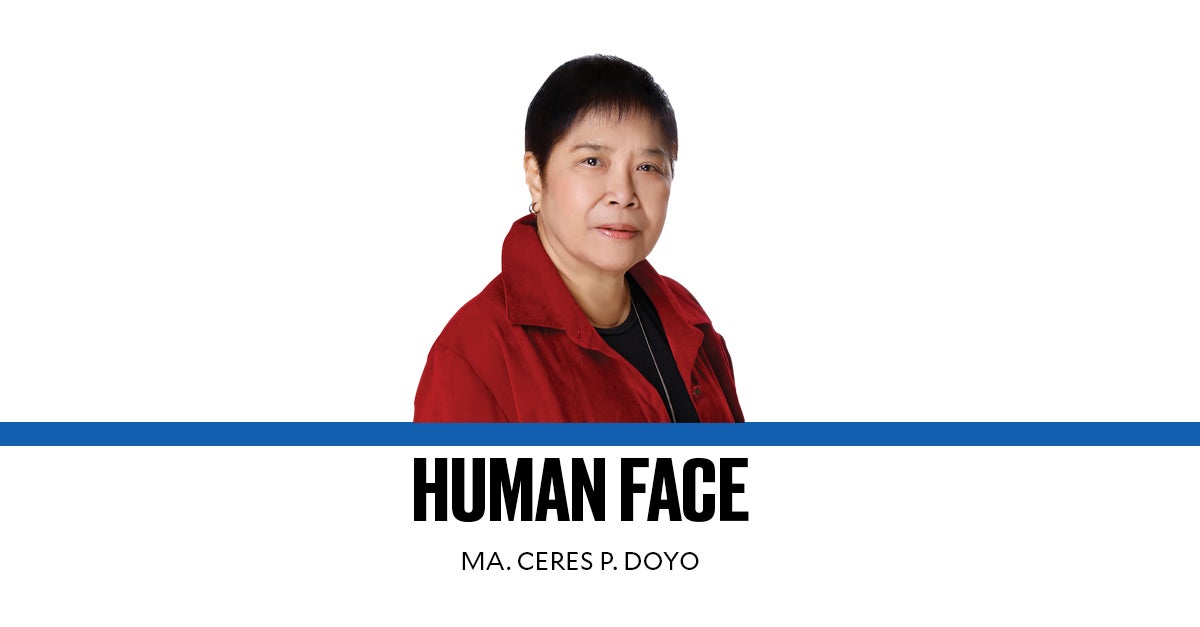FAQ: Is saving IP kids considered child abuse?

This subject matter has been brewing in my mind especially last week (Aug. 9) which was International Day of the World’s Indigenous Peoples (IP) but the 2024 Paris Olympics and its sideshows got in the way of my thoughts. So here, though belatedly, are what should have been last week’s FAQs (frequently asked questions) from me, and other facts besides. How well-meaning persons who had helped evacuate pupils from an indigenous community school in the military crosshairs were charged with committing child abuse and found guilty at that.
Inquirer’s banner story (7/16/24): “Ocampo, Castro, 11 others convicted of child abuse.” Satur Ocampo, former Bayan Muna party list representative, and France Castro, ACT party list representative, led the list of convicts. The Tagum City Regional Trial Court (RTC) convicted Ocampo et al. for violation of Republic Act No. 7610 or the Special Protection of Children Against, Abuse, Exploitation, and Discrimination Act. The National Task Force to End Local Communist Armed Conflict (NTF-Elcac) hailed the verdict.
(Disclosure: I am the lead petitioner in one of many petitions against “Red-tagging” filed in the Supreme Court against NTF-Elcac. As a journalist since the 1980s, I had been in a number of fact-finding missions to remote places that suffered militarization and were suspected to be communist-influenced. I had to face the aftermath, legal among them.)
This RTC decision deserves to remain a top-of-mind issue until the story reaches a denouement that would make people sit up and wonder what true justice is all about or how it is not. In the meantime, the question: Who will protect the protectors? Who will defend the defenders? How, why is saving IP kids considered child abuse?
This all started when, on Nov. 28, 2018, human rights activists responded to a call for help from teachers in Talaingod town in Davao del Norte. The military were ordering residents to leave the area. “Lumad” (IP) schools have always been suspected as recruitment ground of communist rebels and they were ordered closed by then education secretary Leonor Briones who based her order on an affidavit of a former military official. A National Solidarity Mission composed mainly of human rights advocates, Ocampo and Castro among them, responded to the distress call and went to the area.
Lumad schools, teachers, and students—what were they to do if not flee? That was when the solidarity mission members came to the aid of the fleeing 14 lumad students and their teachers who had been on the run for several hours, met them and took them in a vehicle to a safe place. That is the long and short of it. And that was the basis of the child abuse/abduction charges.
That scenario was not the first of its kind. Read the Inquirer editorial “A tale of two ‘rescue missions’” (7/19/24).
Here are excerpts from the statement of Ocampo and Castro: “This wrongful conviction speaks of the continuing persecution of those who are helping and advocating for the rights of lumad children and the persistent attacks on lumad schools and communities.
“The decision ignored the testimonies regarding the continued harassment of the lumad schools by military and paramilitary forces and the danger that the students faced. Even the prosecution’s own witnesses testified that it was out of fear that the teachers decided to leave the community to a safer area. The justification for the supposed presence of conspiracy has no basis. Our mere presence in the highway where we met the teachers and the children is insufficient to establish conspiracy.
“The persons who are actually responsible for the forcible closure of the schools as well as the threats and harassment have never been investigated.
“This is a clear miscarriage of justice, and we will strongly question the decision in all venues possible …”
“In all venues possible” is where the case is going and there “fiat justitiae, ruat caelum” (May justice be done though the heavens fall).
On IP matters, we have to keep repeating ourselves because the IP communities need to be heard. I had written a number of long feature stories on different IP communities in our islands—Mangyan, Tingguian, Kalinga/Igorot, Ayta (Ati), T’boli, B’laan, Dumagat, etc.—their way of life, projects, struggles, and the people who work among them, scaled mountains and forged rivers—literally—to get to them.
On a related note, I still need to see the docu-movie “Tumandok” (Best Full Length Film awardee at the recent Cinemalaya movie festival) about the Ati community (Negritos, we called them then) in Iloilo struggling to preserve their ancestral domain and the obstacles they face. “Tumandok” is synonymous with “lumad.” Having roots in Iloilo, I knew the word “tumandok” (accent on the last syllable) to mean truly native and I had always thought of the “tumandok” people as representing the purest of a race. The rest of us Filipinos are hybrids.
—————-
Send feedback to cerespd@gmail.com


















